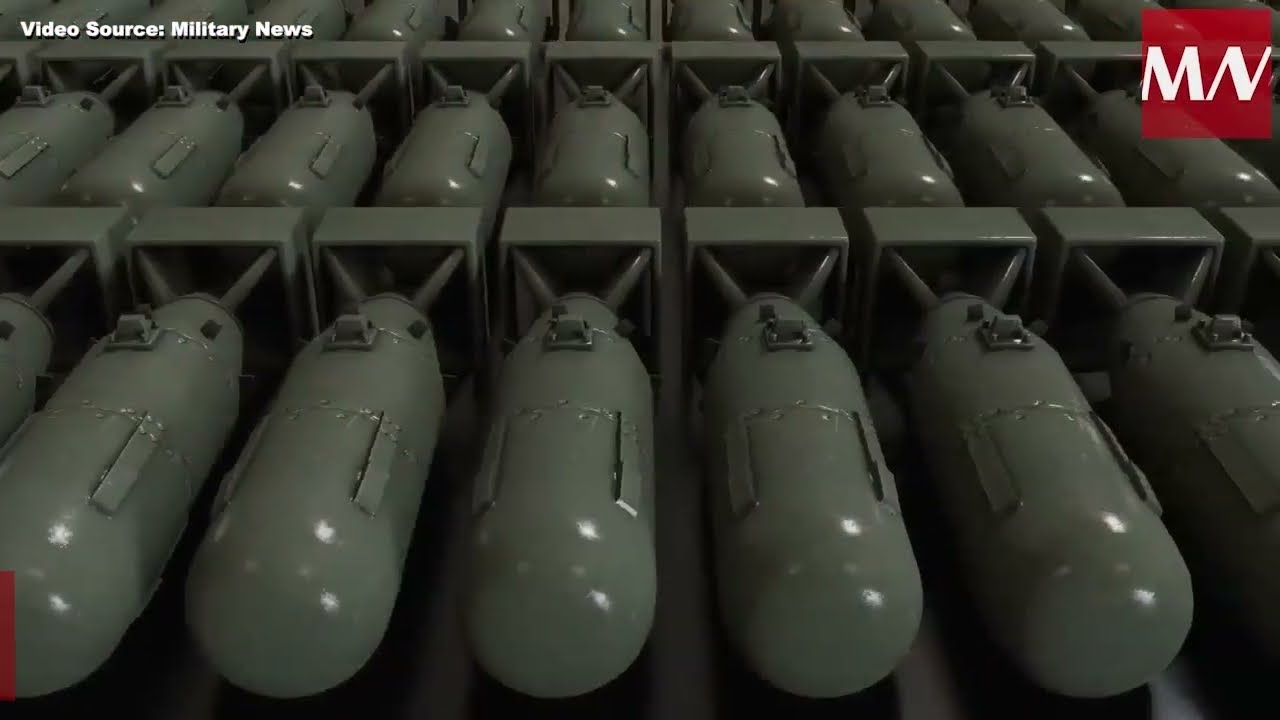Tesla meets ambitious production targets during third quarter
Warning: foreach() argument must be of type array|object, bool given in /home/mexiconow/public_html/sites/mexiconow/wp-content/themes/mexiconowwpnew/single.php on line 176
The electric carmaker Tesla announced it has managed to meet its ambitious production targets, including those of the Model 3, considered the key product that will lead the California-based company to profitability.
The company confirmed earlier this week it produced 80,142 vehicles, 50% more than its prior all-time high in second quarter (Q2), including 53,239 Model 3 vehicles, which was in line with the guidance range of 50,000 to 55,000 cars and almost double the volume of Q2.
During third quarter, the automaker transitioned Model 3 production from entirely rear wheel drive at the beginning of the quarter to almost entirely dual motor during the last few weeks of the period.
“This added significant complexity, but we successfully executed this transition and ultimately produced more dual motor than rear wheel drive cars in Q3. In the last week of the quarter, we produced over 5,300 Model 3 vehicles, almost all of which were dual motor, meaning that we achieved a production rate of more than 10,000 drive units per week,” said Tesla in a statement.
On top of that, Tesla delivered a record-setting 83,500 vehicles during the period, which included 55,840 Model 3, 14,470 Model S, and 13,190 Model X deliveries. “To put this in perspective, in just Q3, we delivered more than 80% of the vehicles that we delivered in all of 2017, and we delivered about twice as many Model 3s as we did in all previous quarters combined.”
Around 25% of the 10,000 unique parts in a Tesla Model 3 are manufactured in Mexico, according to the Monroney sticker that comes in those vehicles.
Facing trade war headwinds
The automaker said that as result of the ongoing trade tensions between the US and China, an import tariff rate of 40% has been applied on Tesla vehicles versus 15% for other cars imported to that country.
In addition, Tesla continues to lack access to cash incentives available to locally produced electric vehicles in China that are typically around 15% of MSRP or more. Taking ocean transport costs and import tariffs into account, Tesla is now operating at a 55% to 60% cost disadvantage compared to the exact same car locally produced in China.
“This makes for a challenging competitive environment, given that China is by far the largest market for electric vehicles. To address this issue, we are accelerating construction of our Shanghai factory, which we expect to be a capital efficient and rapid buildout, using many lessons learned from the Model 3 ramp in North America,” said the company.
MexicoNow
Related
- Driven by Tesla, Bacanora aims to boost Sonora as one of the main lithium producers worldwide
- Tesla Model 3 scores perfect 5-star safety rating from the NHTSA
- Nemak turned down an offer to supply parts for Tesla, here’s why…





